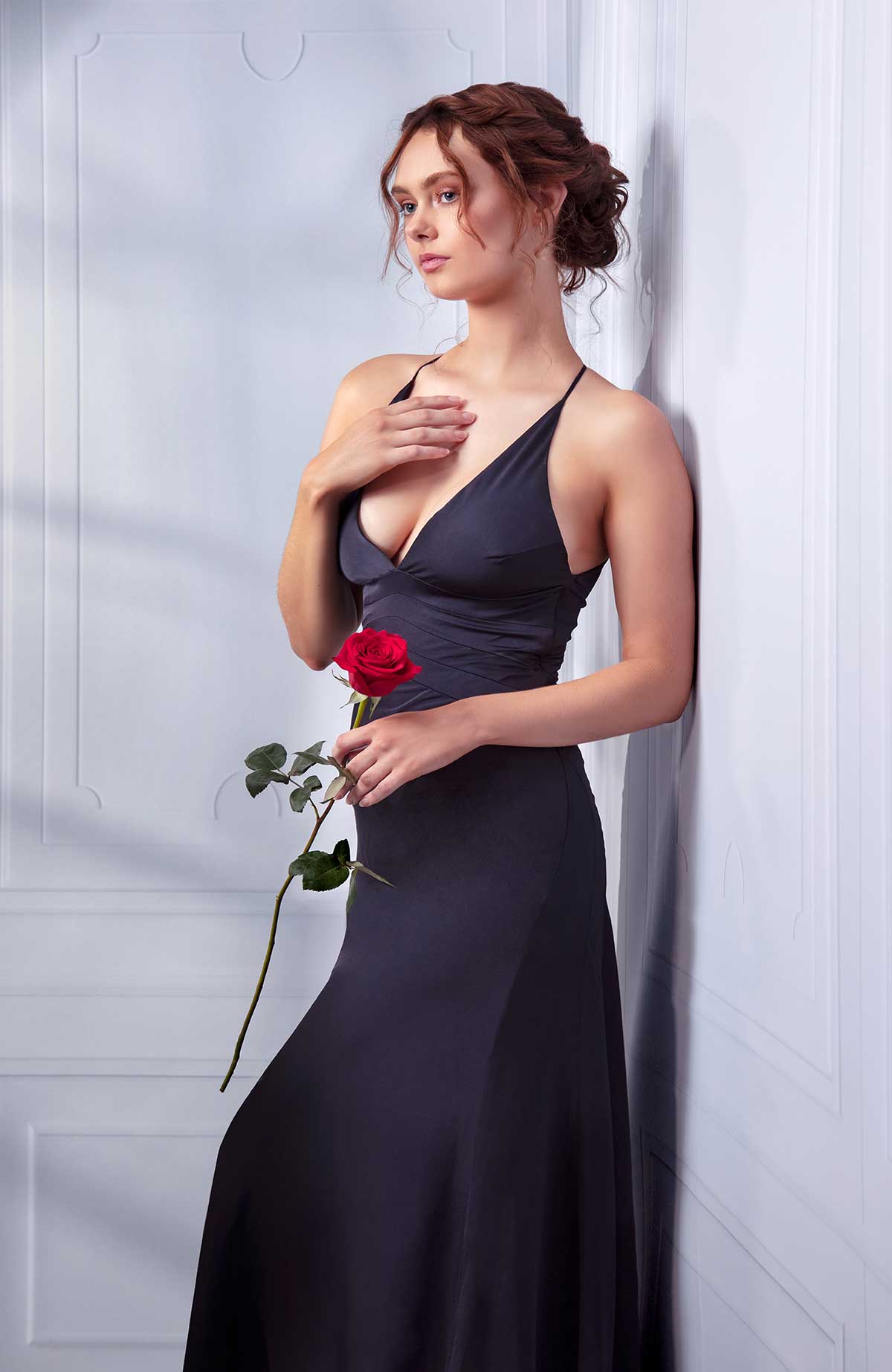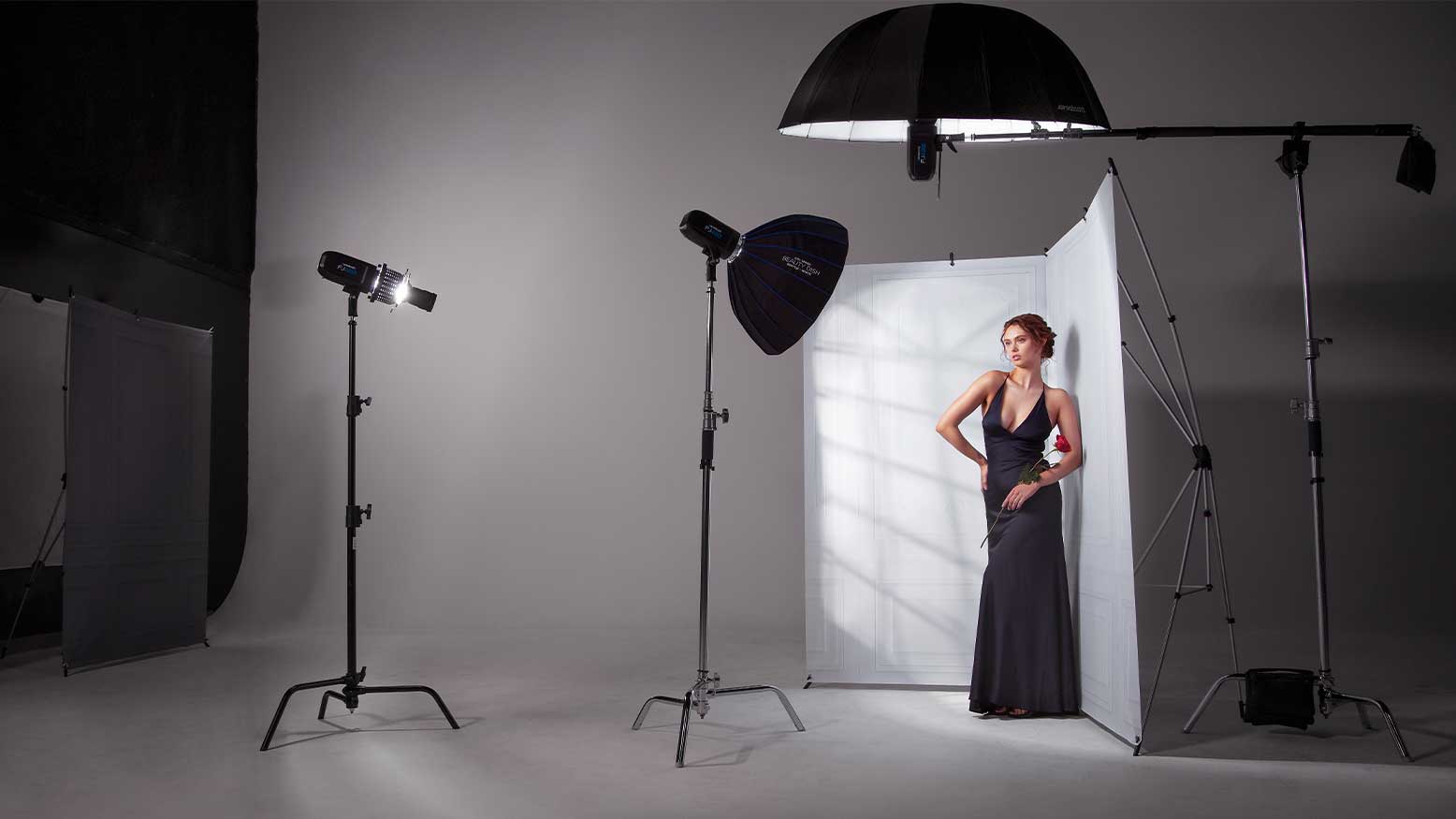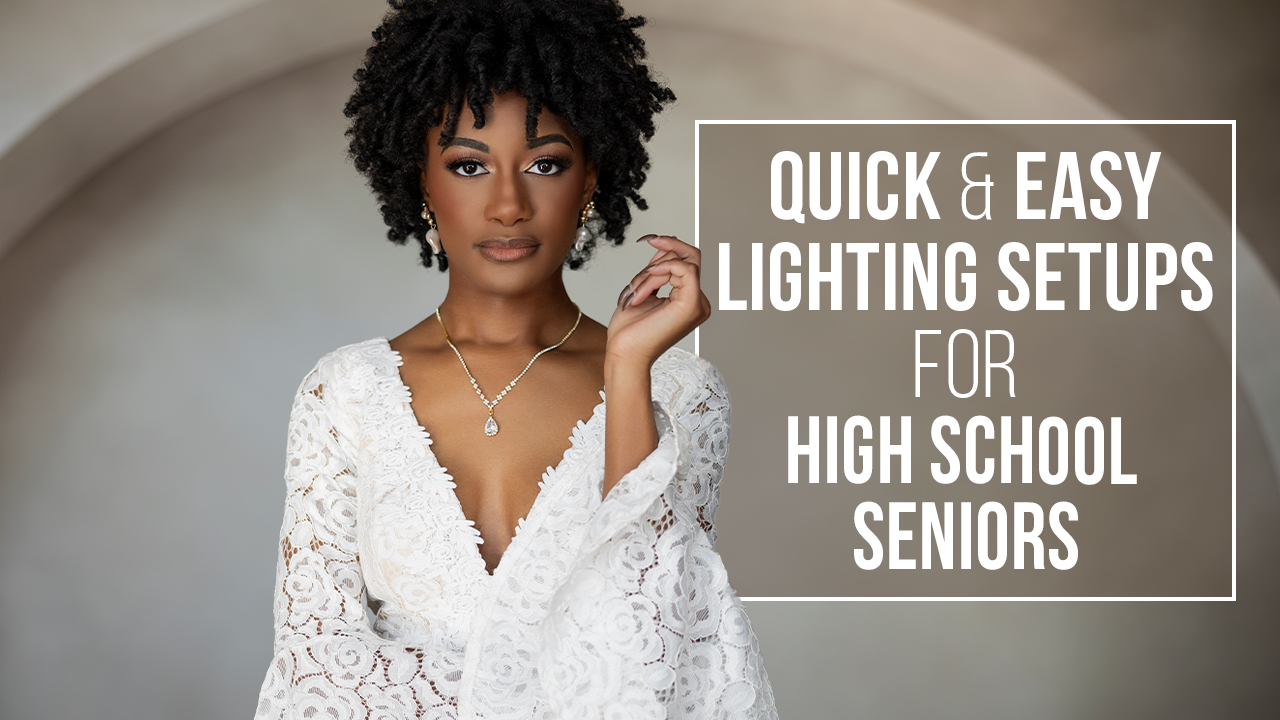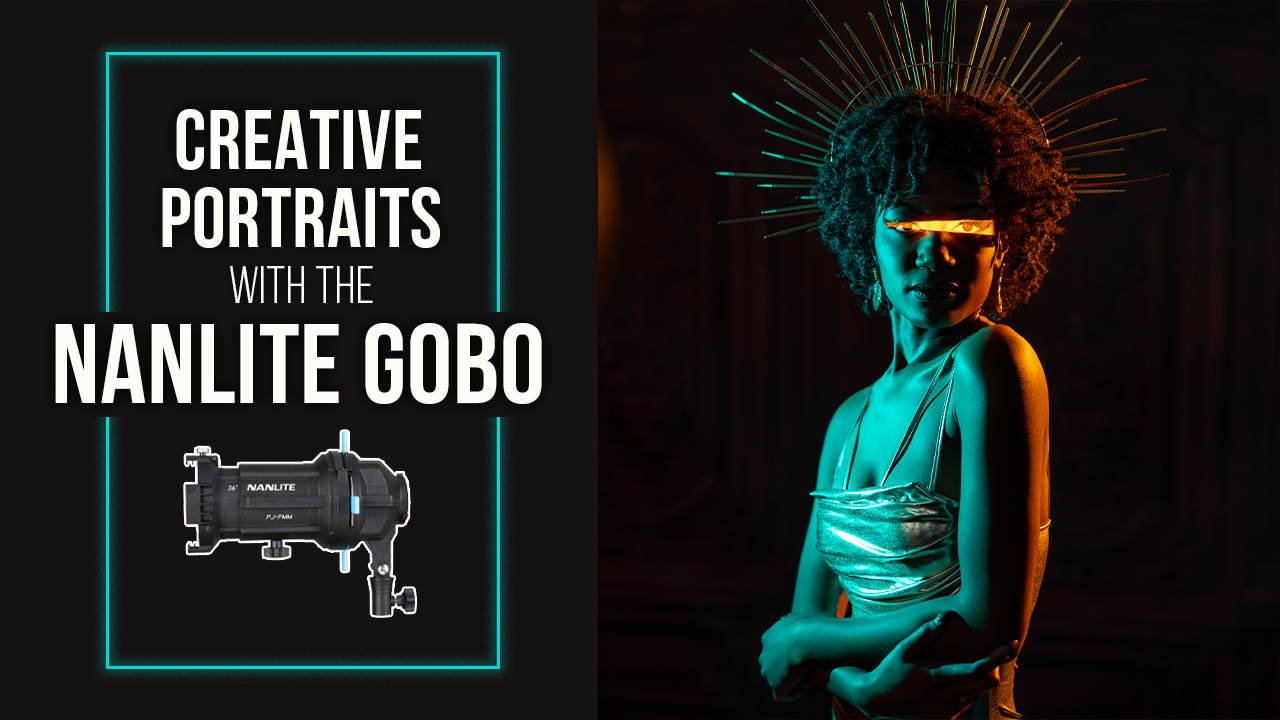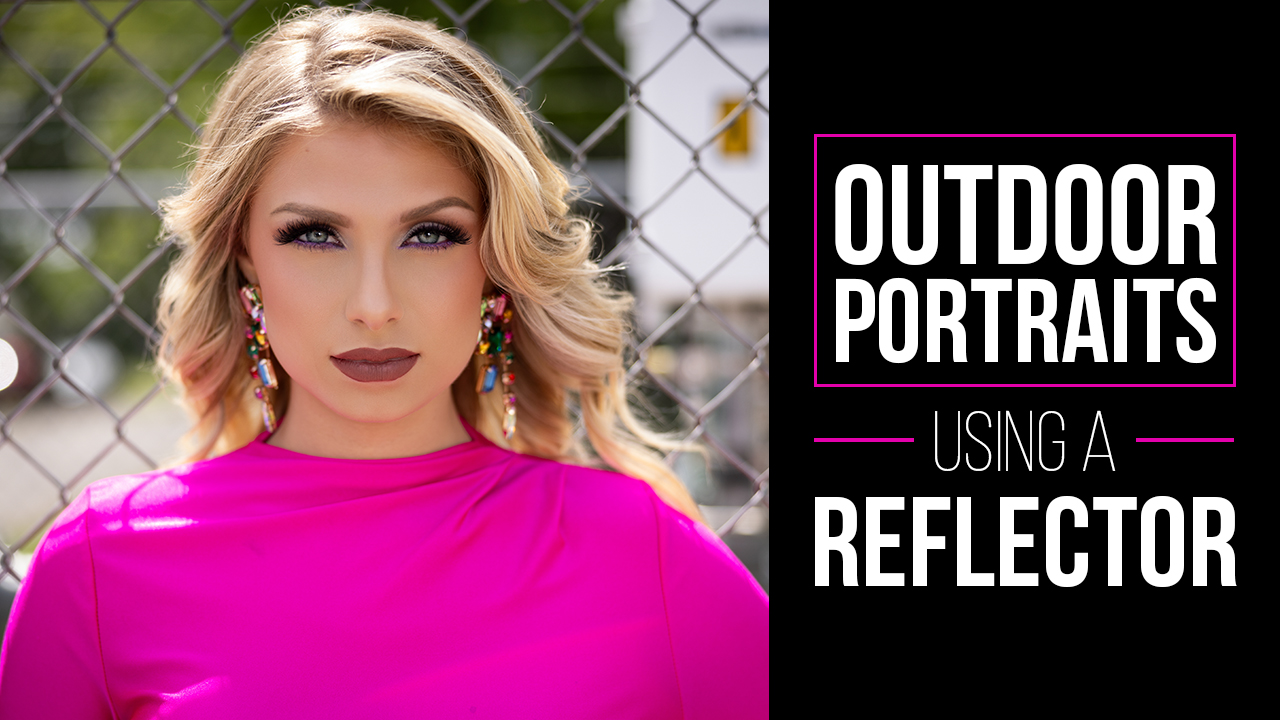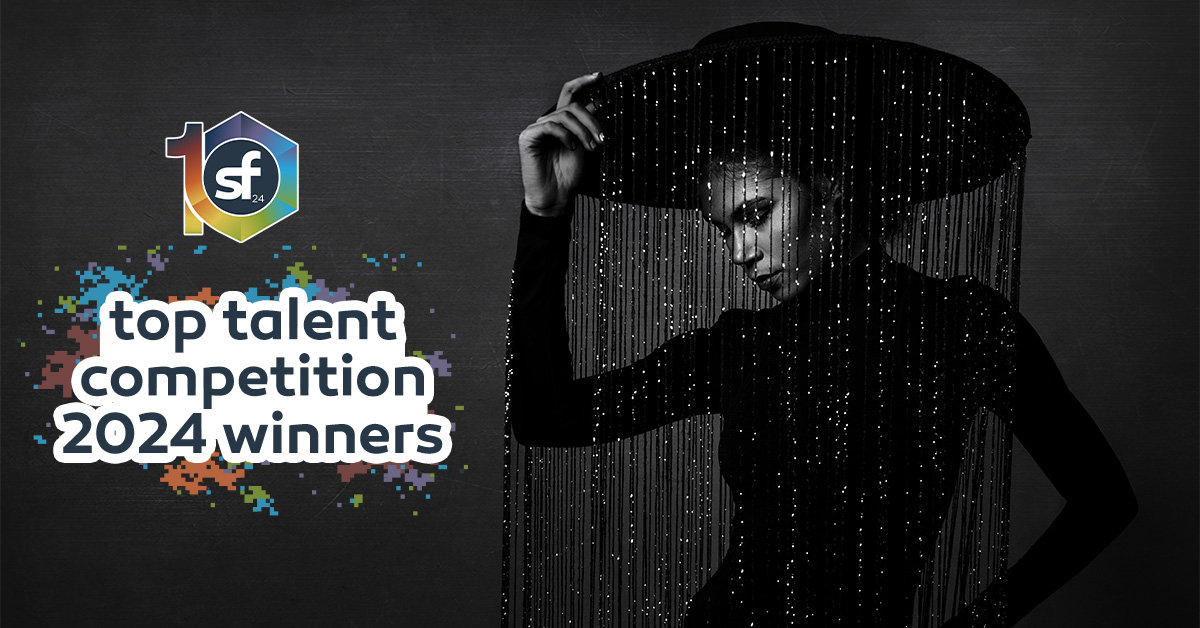The Modifier to Take Your Photography Lighting to the Next Level with Ashley Boring
Like many photographers, I’m always trying to find new ways to take my images to the next level. I strive to learn new techniques that allow me to stay relevant in an ever-changing industry. Most recently, there’s a light modifier that I’ve started using that’s transformed what I can do with lighting: Westcott’s Optical Spot by Lindsay Adler. Very rarely do you find a modifier that completely changes how you approach lighting for an image. It’s one modifier that I find myself reaching for again and again.
You may be asking, “What exactly is an optical spot?” An optical spot, also referred to as an optical snoot, is a very unique modifier that is essentially a snoot with a lens attached to the end of it. It’s capable of producing a very hard light source that you can refine by focusing or defocusing the beam of light, allowing you to create very defined and controlled light. You can get even more control when you pair an optical spot with gobos that allow you to get very detailed patterns and shapes of light. Gobos, short for go-between optics, go by a few different names, like cookies or cucoloris. They are simply metal disks with a shape or pattern cut out of them. Inserting a gobo in the optical spot allows you to project its pattern of light onto your subject or scene. You can also focus or defocus the pattern for even more creative control.
My favorite thing about the optical spot is the versatility and control it provides. When I first got my hands on this unique modifier, my initial thoughts were that it would be great for creative beauty shots. I quickly found myself using it for much more than that. Here are three shoots where I used the spot for very different reasons.
Look 1: Creating Lighting Patterns on Your Subject or Background for Creative Portraits
Creating unique portraits was the main reason why I was excited to get an optical spot. Its ability to create defined shapes of light is what appealed to me the most. It quickly became my go-to tool for creating shapes and patterns on my subject’s face and background. Optical spots are also great when you want to emphasize a particular feature of your subject, since you are able to precisely position the light to highlight a subject’s features or a product’s detail.
